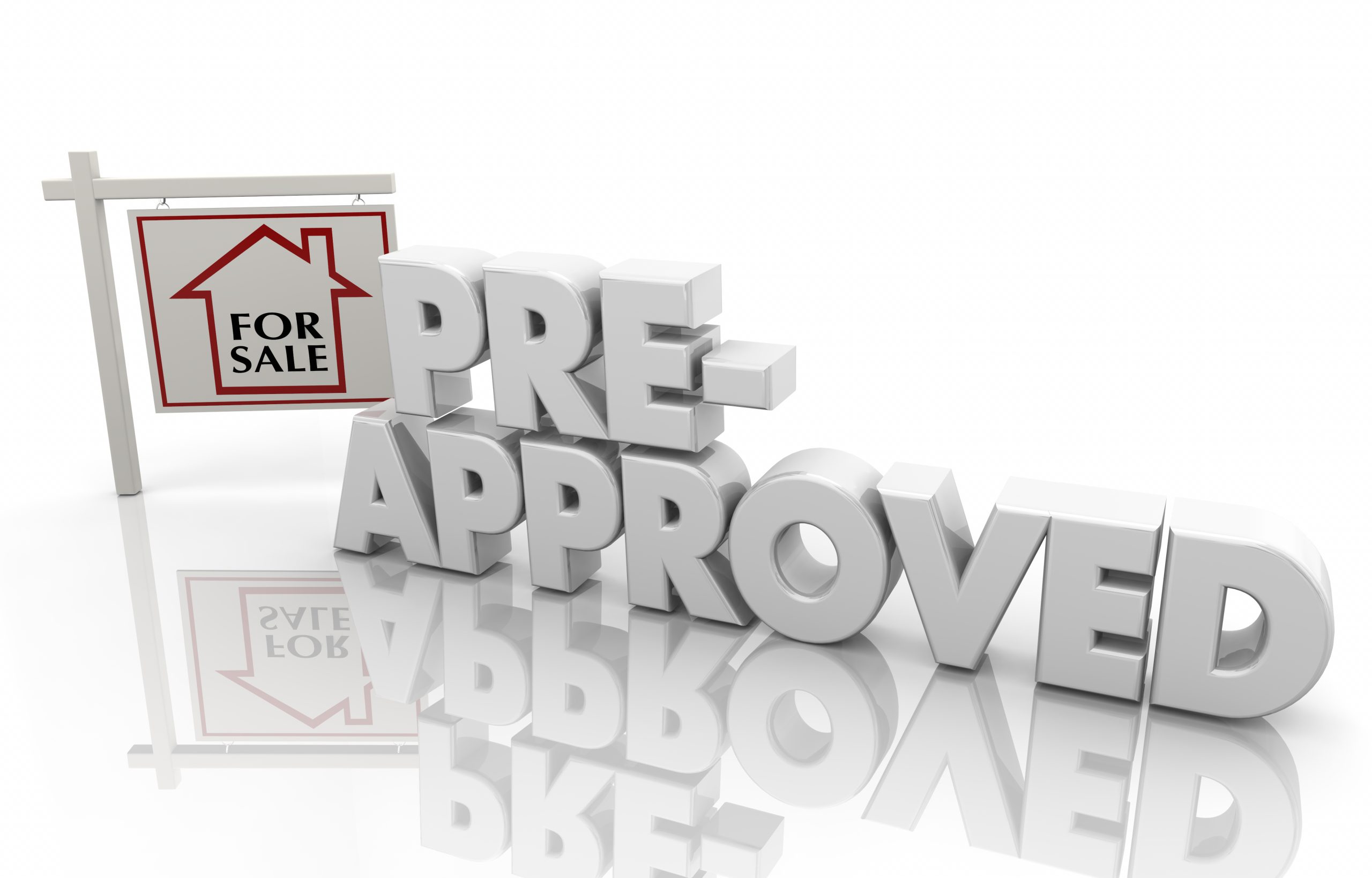Buying a home is one of the biggest financial decisions you’ll ever make—and while it’s…
How to Finance a Vacation or Second Home: Your Guide from Rapid Home Loan
Have you ever dreamed of owning a cozy mountain cabin, a beachside condo, or a weekend getaway in wine country? A vacation or second home can be a smart investment — and a great way to enjoy more freedom and lifestyle perks. At Rapid Home Loan, we help buyers make that dream a reality with tailored financing options and expert guidance.
Whether you’re looking for a family retreat or a rental income opportunity, here’s what you need to know about financing a second home.
What Qualifies as a Second Home?
A second home is typically defined as a property you intend to occupy for part of the year — often as a vacation home — that is not used as a primary residence and is not primarily a rental property. To qualify for second-home financing, the home must usually:
-
Be suitable for year-round occupancy
-
Be located a reasonable distance from your primary residence
-
Be occupied by you for part of the year
If you plan to rent it out, even part-time, it may be classified as an investment property, which can affect your loan options.
Second Home vs. Investment Property: Key Differences
Understanding how lenders classify your purchase matters. Here’s a quick comparison:
| Feature | Second Home | Investment Property |
|---|---|---|
| Owner Occupancy | Yes, part-time | Not required |
| Rental Income Considered | No | Yes |
| Interest Rates | Lower | Slightly higher |
| Down Payment Requirements | Often 10–20% | Often 15–25% |
At Rapid Home Loan, we’ll help you understand how your intended use affects your financing and guide you to the best loan product for your goals.
Financing Options for a Vacation Home
Here are the most common ways to finance a second home:
1. Conventional Loan
This is the most popular option for second homes. You’ll typically need:
-
A minimum 10% down payment (though 20% is ideal to avoid mortgage insurance)
-
A strong credit score (usually 700+)
-
A low debt-to-income ratio
2. Cash-Out Refinance
If you have significant equity in your primary home, a cash-out refinance lets you use those funds to buy a second property — often at a lower interest rate than a new loan.
3. Home Equity Loan or HELOC
Another strategy is using a home equity loan or line of credit from your primary residence. These can provide flexible funding, especially if you’re not ready to sell or refinance your first mortgage.
Qualifying for a Second Home Loan
Lenders typically look for the following:
-
A credit score of 700 or higher
-
A down payment of 10–20%
-
Proof of stable income and employment
-
A low debt-to-income ratio, generally under 43%
At Rapid Home Loan, we review your full financial picture and help you identify the best path forward — even if your situation is a little outside the box.
Rapid Home Loan: Your Partner in Second Home Financing
Financing a second home doesn’t have to be complicated — not when you have the right mortgage partner on your side. At Rapid Home Loan, we:
-
Offer a wide range of loan options for second homes and investment properties
-
Help you compare rates and terms so you make a confident decision
-
Provide a streamlined, fast, and stress-free mortgage experience
Whether you’re eyeing the mountains, the coast, or the countryside, our team is here to help you make it happen.





